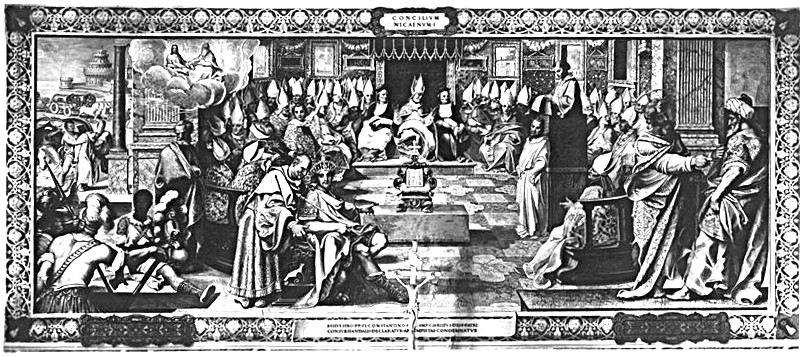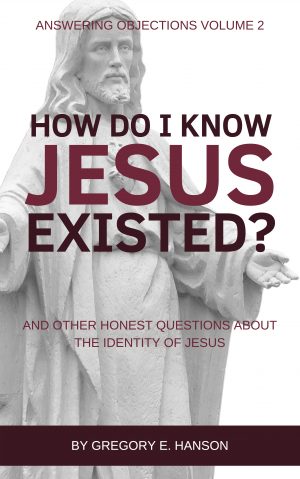
Since the time of Jesus and the formation of the early Church, Christians have believed that Jesus is God. However, they also believe that the Father is God and that the Holy Spirit is God. Yet they maintain that there is one and only one God.
This idea that there is one God who exists with three centers of personhood is known today as the doctrine of the Trinity. It is a doctrine which has been fiercely debated over the centuries, especially in the early centuries of the Christian Church.
While the view of a triune God originated in the writings of the New Testament, it took time for it to be formulated into doctrinal statements. In the meantime, it led to confusion in the early Church. And that confusion continued to grow until it reached a climax in the fourth century.
Around AD 313, there was a church leader in northern Egypt named Arius who began to mix Greek philosophy into his Christian beliefs. As a result, he began to teach that Jesus was a created god, the very first creation by God the Father. In his view, Jesus was not truly God but more of a sub-god.
But there were others who argued, “No, Jesus is God, always has been God, always will be God. He had no beginning and will have no end. He and God are one.”
Over the next few years, this dispute grew. Until finally, in AD 325, the Roman Emperor Constantine bought about 300 bishops together at the city of Nicaea (in modern-day Turkey) to resolve the debate. Both sides were represented, and the debate revolved around two words in particular: Homoousios, meaning “of one substance” and homoiousios, meaning “of like substance.”
Which word best explains Jesus’ relationship with God the Father? That was the question the Council attempted to answer. If Jesus had been created, then he would be homoiousios—he would be of like (similar) substance to the Father, but certainly not on the same level. However, if he were homoousios—of one substance or of the same substance—then he would be an equal member of the Godhead, along with God the Father and God the Holy Spirit.
This issue was not taken lightly. The Council began on May 20 and lasted until July 25, and the entire first month was spent on this one issue. But when it was all settled, the Council affirmed what had been believed and taught for almost three centuries: Jesus is indeed “of one substance” with God the Father and is a vital and equal part of the Godhead… the Trinity.
By the end of that Council, this belief had been formulated into what we know as the Nicene Creed, which includes the following statements:
“We believe in one God, the Father, the Almighty, maker of heaven and earth, of all that is, seen and unseen.
We believe in one Lord, Jesus Christ, the only Son of God, eternally begotten of the Father, God from God, Light from Light, true God from true God, begotten, not made, of one being with the Father. …
We believe in the Holy Spirit, the Lord, the giver of life, who proceeds from the Father [and the Son]. With the Father and the Son he is worshipped and glorified…”
Even today, there are those who misunderstand and debate this doctrine. Christians are often accused of being polytheistic. But historic Christianity, dating back to the time of Jesus and affirmed in the early Creeds, believes that there is one and only one God, and that he exists with three centers of personhood.


